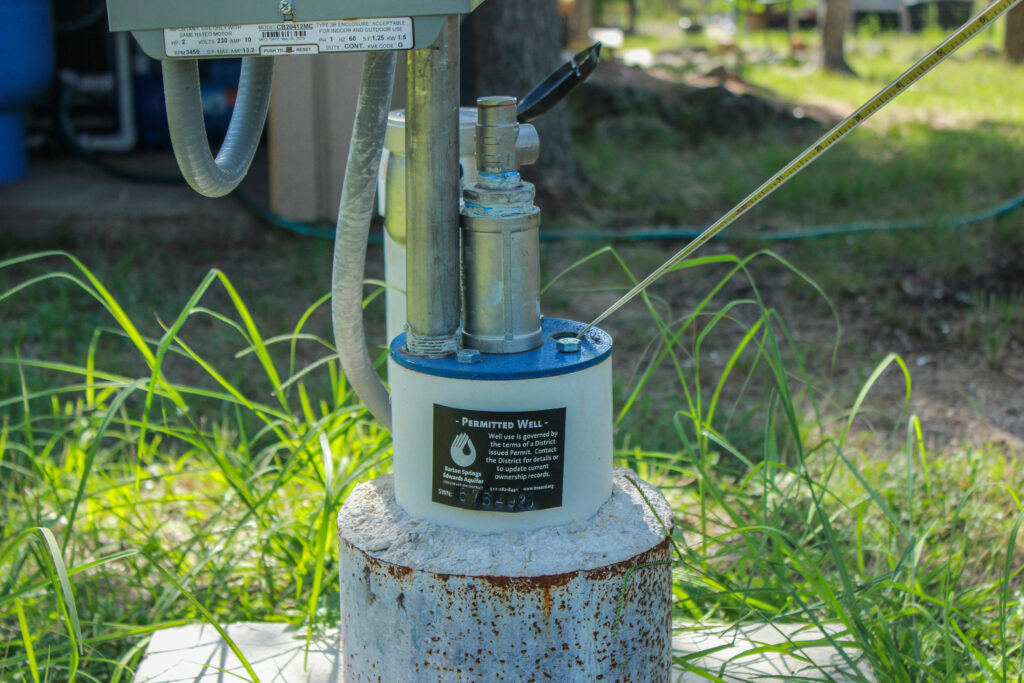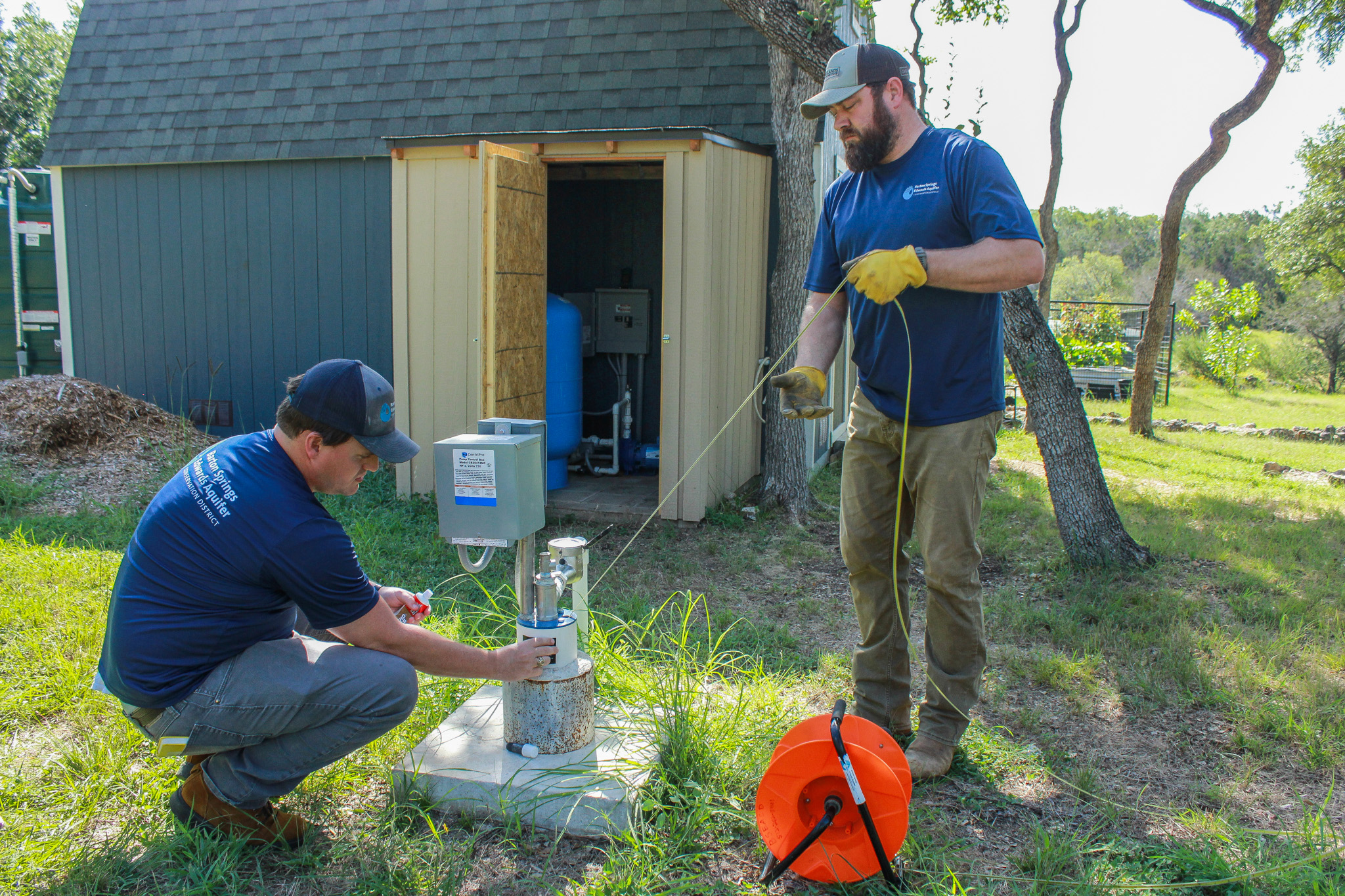There are several steps that must be taken to get a domestic well through the District. First you must complete the correct drilling application associated with your needs. Once that is approved you can hire a licenced driller to drill and install your well. The final step in this process is for our team to come out and conduct a Post Construction Well Inspection. This is to ensure your well meets the District and state requirements that are in place to protect your and your neighbor’s water supply. A few of the things we check during these inspections include:
Total dissolved solids (TDS)
- TDS is the total amount of solids dissolved in water and can include sulphates, calcium, magnesium, sodium, potassium, and more. Many of these minerals are picked up as water moves through rocks underground and some can provide health benefits for consumers.
- The District measures the TDS of wells during these inspections to ensure it’s at a safe level for consumption. The EPA recommends TDS in drinking water does not exceed 500 milligrams per liter, and TCEQ recommends no more than 1000 milligrams per liter. It’s important to note that TDS in our area can be well above these thresholds (especially in the Trinity Aquifer), and people can still use it as drinking water by using reverse osmosis.
Distance from septic tank
- Ensuring there is ample space between your septic tank and well prevents contaminants that could leak from the system from entering your water.
- The required distance of separation between septic tanks and wells differs from organization to organization, but the District requires a minimum of 150 feet.
Well head height
- 12 inches is the standard completion requirement for the height of a well head.
- This height requirement can be significantly increased in a flood plain to prevent pollutants from negatively impacting the well owner’s water and groundwater in the aquifer.
Well casing and annular spacing
- “Well casing” refers to the pipe in the ground that the water comes up in. For domestic wells, it’s required that the well casing is a minimum of 4.5 inches in diameter.
- “Annular spacing” refers to the empty space between the well casing and the edge of the borehole. The District requires a minimum of 3.75 inches of annular spacing for domestic wells, which provides a buffer between the casing and the surrounding soil.
Bacteria
- During a Post Construction Well Inspection, we run a water test on-site to see if coliform or E. coli are present.
- Coliforms are a family of bacteria that occur naturally in soil, decaying vegetation, and intestines of warm-blooded animals. The presence of coliforms on a water test could indicate that a pathway exists for those bacteria to enter the water (e.g. a hole or opening in the well).
- Coliform bacteria can be found in soil and plant material so any big rain event can introduce bacteria into the groundwater/well especially if the location is close to a source of surface water.
- While many coliforms are harmless, fecal coliforms, like E. coli, can make people sick, and require water sources to be treated accordingly.
Well Water Study
- A well water study tests for types of metals that may occur in well water.
- Well owners can review this information and decide what treatments they want to implement (storage tank for sulphates and let them air out. If TDS is high, put on a water softener.) Iron can be high in some Trinity wells.
Water level
- These inspections are a great time for us to collect a water level measurement, which is important information for well owner’s records. For the District, collecting this data provides insight into the aquifer levels at a specific moment, and additional measurements over time can reveal trends and changes in aquifer conditions.

Interested in exploring additional well owner resources? Check out the fact sheets below from the Texas Well Owners Network.

